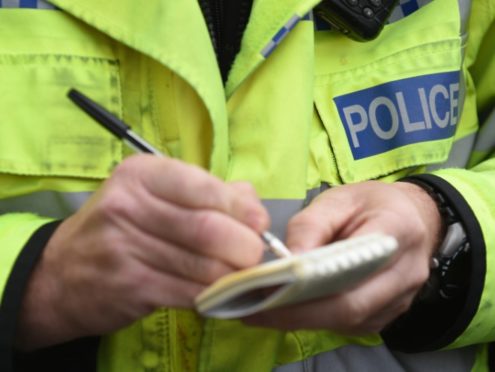Warnings have been issued that rural crime in Moray can often have links to “serious and organised” gangs outside the region.
Police have launched a strategy encompassing the entire north-east to work with agencies to stamp out offences.
Specific issues included in the plan include sheep worrying, hare coursing, thefts, road safety and other wildlife crimes.
However, during yesterday’s meeting of Moray Council’s police and fire and rescue services committee senior officers stressed the region remains among the safest places to live in the UK.
It is believed that the remoteness of rural locations attracts “serious and organised crime groups” to commit offences – with recent links in the north-east to cattle thefts and large scale manufacturing of cannabis.
Forres councillor George Alexander raised concerns about an apparent rise in the number of sheep being stolen.
He said: “There’s been quite a few incidents recently of sheep just disappearing overnight. Have we any success in catching the people who do this?”
Chief Inspector Norman Stevenson, area commander for Moray, replied: “Due to the numbers of sheep disappearing that have been reported to us over the past couple of years then it would be fair to say there has been thefts involved in that.
“More than likely organised crime groups would be involved in that. There are two I’m thinking of in particular, we haven’t identified those responsible, but from what I understand it does appear that it is groups outwith the area coming in to almost target particular livestock and take them outside the area.
“That goes back to the national picture where we are always considering how it affects us here locally – what is happening elsewhere and how might that affect what happens here?”
Police have stressed the importance of intelligence from residents in tracking offenders and developing strategies from preventing further victims being affected.
Officers have worked with other agencies including fishery boards, the fire service and agriculture organisations to develop its rural crime strategy.
Committee chairwoman Paula Coy praised police for the focus on offences affecting remote areas.
She said: “This is a great indication that, while we do have a centralised police force, there is a recognition of one-size doesn’t fit all and each area is represented for its particular needs.”
